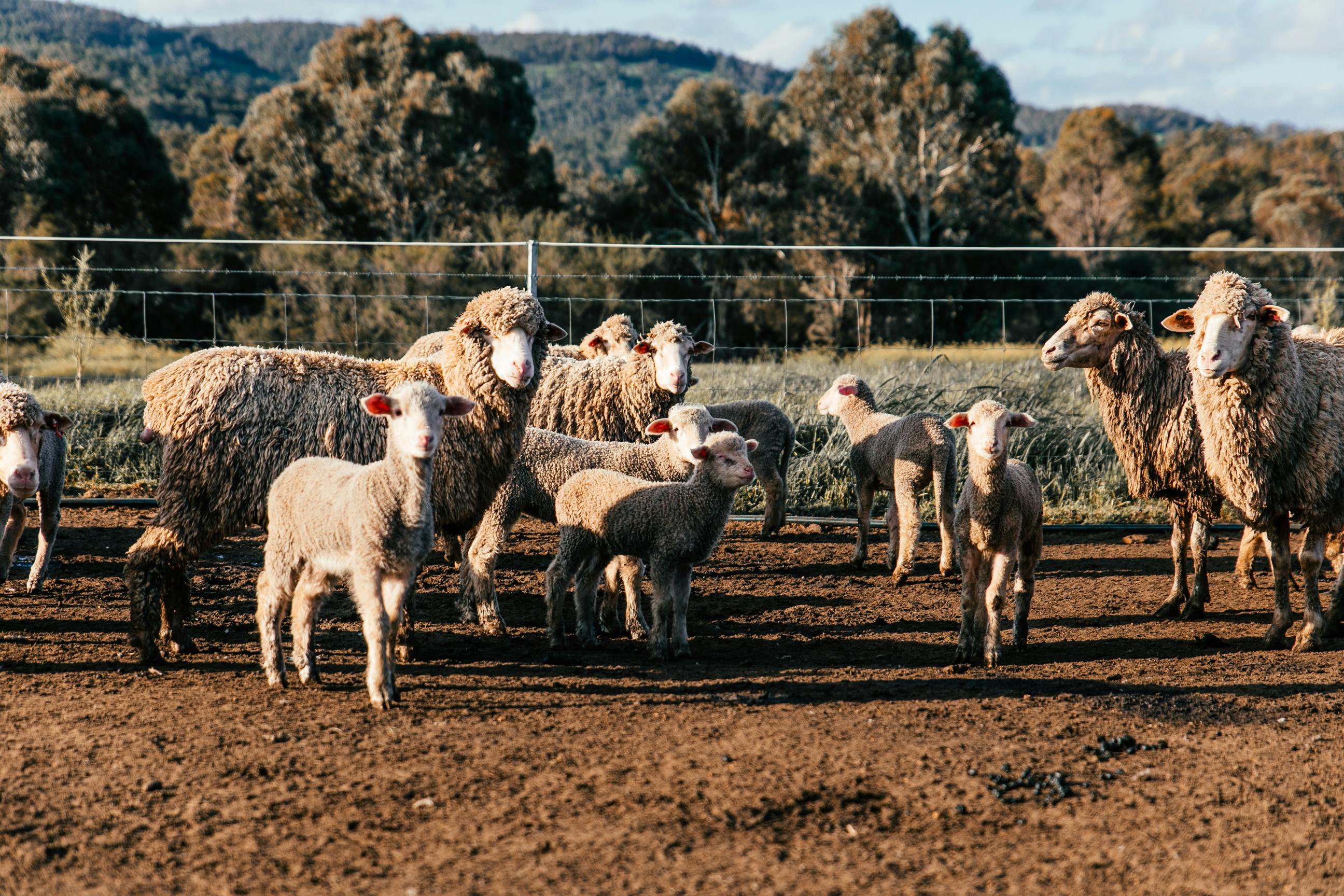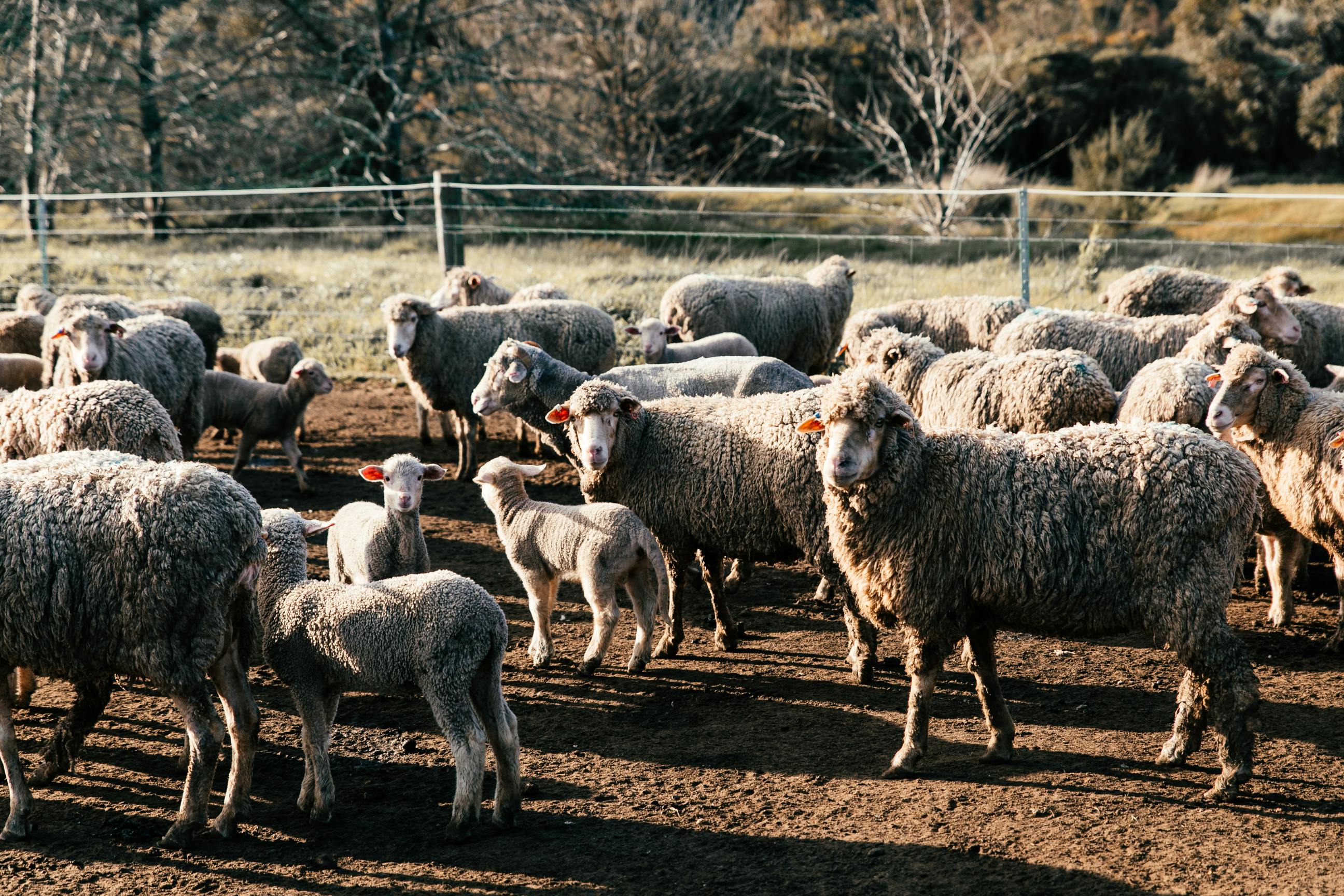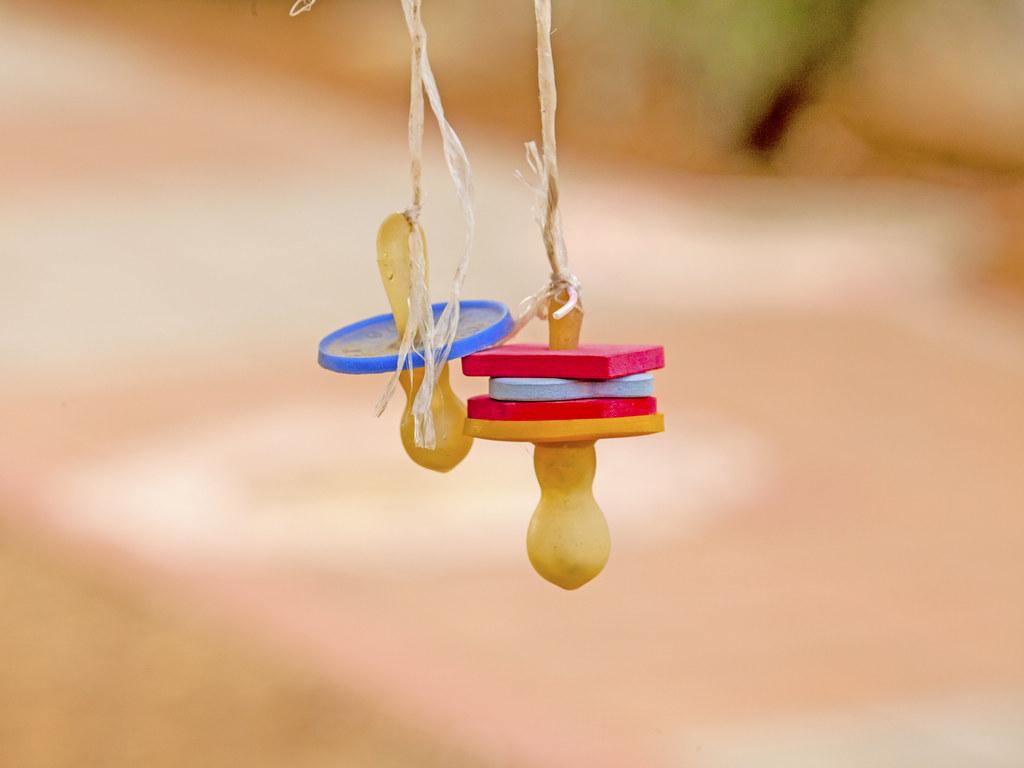Having a baby is an exciting and life-changing experience. One of the most important things to consider is how many pacifiers your baby needs. Pacifiers are an invaluable resource for calming and soothing babies, but it’s important to understand the best way to use them. In this article, we’ll discuss the number of pacifiers a baby needs, the benefits of using pacifiers, and how to make sure they are used safely.It depends on the baby’s age and how often the pacifier is used. Generally, newborns can get away with one or two pacifiers and toddlers may require two or three.
The Benefits of Using Pacifiers
Pacifiers have been used to soothe babies for centuries. While pacifiers may be controversial, there are some benefits that can’t be overlooked. Pacifiers have been shown to help babies fall asleep faster, reduce the risk of Sudden Infant Death Syndrome (SIDS), reduce crying, and even help with breastfeeding.
Helps Babies Fall Asleep Faster
Pacifiers have been found to be helpful in helping babies fall asleep faster. This is because they help babies relax and focus their attention away from noises and other distractions in the environment. Also, the sucking motion of the pacifier helps put pressure on the baby’s palate which can lead to a calming effect.
Reduces Risk of SIDS
Studies have shown that using a pacifier when putting your baby down for a nap or at night can reduce the risk of Sudden Infant Death Syndrome (SIDS). This is because it helps to keep the airway open and reduces the risk of your baby rebreathing exhaled air which can lead to suffocation.
Reduces Crying
In addition to helping babies sleep, pacifiers have also been found to reduce crying in infants. This is because sucking on a pacifier helps release endorphins which act as natural painkillers and can help soothe babies when they are feeling distressed or overwhelmed.
Helps with Breastfeeding
Pacifiers can also help with breastfeeding since they provide a way for babies to practice their sucking reflex without having to latch onto the mother’s nipple every time they need comfort or reassurance. This is especially helpful for those who are just beginning to breastfeed since it gives them time to get used to latching on correctly and without as much discomfort or frustration.
Different Types of Pacifiers
A pacifier is a great way to soothe a baby and help them get to sleep. There are many types of pacifiers available, and each type has its own benefits and drawbacks. Different types of pacifiers include silicone, latex, orthodontic, and shield pacifiers.
Silicone pacifiers are made from soft, flexible silicone and typically have a one-piece construction. They are easy to clean and can be sterilized in boiling water or the dishwasher. Silicone pacifiers come in a variety of styles, shapes, sizes, and colors.
Latex pacifiers are made from natural rubber latex and have a two-piece construction with an attached nipple and a shield that covers the entire nipple area. Latex is very durable and can be easily cleaned with warm water and soap. Latex is also very flexible which makes it ideal for newborns who need extra comfort when sucking on the pacifier.
Orthodontic pacifiers are specially designed to promote healthy dental formation in babies. The nipple is curved to fit the roof of the mouth properly while still allowing baby to suck naturally on it. Orthodontic pacifiers also have an enlarged bulb at the end of the nipple which allows baby’s tongue to rest comfortably against it while they suckle away.
Shield pacifiers feature a flat or slightly concave shield that covers all or most of the nipple area as well as providing protection against germs getting into baby’s mouth when they suckle on it. Shield pacifiers come in different sizes so you can find one that fits your baby comfortably while still providing enough protection from germs entering their mouth while they use it.
No matter what type of pacifier you choose for your little one, always make sure that you inspect them regularly for signs of wear or damage before giving them to your baby. Never use a damaged or worn outpacifier as this could pose a choking hazard or cause other potential harm to your child.
When Should You Introduce a Pacifier to a Baby?
Introducing a pacifier to a baby can be an effective way to soothe and comfort them. However, it is important to consider when is the best time to introduce a pacifier. It is generally recommended that parents wait until breastfeeding has been established before introducing a pacifier. This is because introducing a pacifier too early can interfere with the baby’s ability to nurse properly and can cause them to become confused and frustrated.
When the baby is approximately two weeks old and breastfeeding is established, it may be appropriate to introduce a pacifier. It should be done slowly, allowing the baby time to adjust. Parents should also ensure that their baby has had enough of their mother’s milk before they offer the pacifier. This will help prevent overfeeding, which can lead to obesity and other health problems in babies.
It is also important for parents to monitor how much their baby uses the pacifier in order to avoid any potential issues with tooth decay or misalignment of teeth. If possible, parents should limit use of the pacifier during naps and nighttime sleep as this can cause issues with tooth development.
Overall, introducing a pacifier can be beneficial for soothing babies and helping parents get some much-needed rest during those first few months of life with their new little one. However, it is important for parents to consider when they should introduce a pacifier in order to ensure that their baby’s health and development are not compromised in any way.
How Long Should a Baby Use a Pacifier?
Pacifiers can provide comfort to babies and can help them soothe themselves and fall asleep. However, it is important to know how long a baby should use a pacifier in order to avoid any potential problems.
For the most part, babies should be able to wean off the pacifier on their own by the time they are three or four years old. During this time, parents should start reducing the amount of time that their baby uses the pacifier and provide alternatives for comfort and soothing. If the child continues to need a pacifier after this age, it may be necessary to take more direct measures such as limiting access or doing away with it altogether.
The American Academy of Pediatrics recommends that parents limit pacifier use to the first few months of life, as long-term use can lead to dental problems and speech delays. Some children may have difficulty giving up their pacifiers; if this is the case, parents should try introducing other comforting activities such as reading stories or playing games with their child instead of relying on a pacifier.
When using a pacifier, it is important for parents to make sure that they are regularly cleaning it in order to avoid any bacteria from accumulating on its surface. Also, try not to dip the pacifier in anything sweet like honey or sugar water as this can increase the risk of cavities developing in your child’s teeth.
Overall, while pacifiers can be helpful tools for soothing babies, parents should be aware of how long they should use them in order to prevent any potential problems down the road. If your child is having difficulty giving up their pacifier, you may need to take more direct measures such as limiting access or doing away with it altogether.

Cleaning and Sanitizing a Pacifier
Cleaning and sanitizing a pacifier is an important part of maintaining your baby’s health. A dirty pacifier can contain germs that can cause illnesses, so it’s important to clean and sanitize the pacifier regularly. There are a few steps you can take to ensure your baby’s pacifier is safe and clean for use.
The first step in cleaning and sanitizing a pacifier is to rinse it off with warm, soapy water. This will help remove any dirt or debris that may be on the pacifier. After rinsing the pacifier, you should then soak it in a solution of vinegar and water for at least five minutes. The vinegar helps to kill any germs or bacteria that may be present on the pacifier.
Once the pacifier has been soaked in the vinegar solution, you should then rinse it off with warm water again. If necessary, you can also use a soft brush to scrub off any stubborn dirt or debris from the pacifier as well. Finally, leave the pacifier to air dry before giving it back to your baby.
In addition to regular cleaning and sanitizing of your baby’s pacifier, you should also check it regularly for signs of wear or damage. If you notice any cracks or tears in the material, discard the pacifier immediately as these may harbor dangerous bacteria or germs that could be harmful to your baby’s health.
Transitioning Away from the Pacifier
Weaning your child off of a pacifier can be a difficult process, but is essential to good oral health and overall development. The American Academy of Pediatrics recommends limiting pacifier usage after age two. For babies, pacifiers can be helpful in comforting them during times of distress and helping them to self-soothe. But beyond the age of two, it is important to transition away from the pacifier as it can cause dental problems such as misalignment and speech delays.
It is important to be consistent in weaning your child off the pacifier. Having a plan and sticking with it will help make the transition smoother. Some methods you can use include setting limits on when your child can have their pacifier, hiding or taking away the pacifiers at night or when not in use, and rewarding your child for not using their pacifier.
When removing the pacifier from your child’s routine, it is important to provide support during this time of transition. Give them extra attention with cuddles, reading books, and playing games together so that they do not feel deprived because they are no longer using their pacifier. Having a replacement item such as a stuffed animal or blanket that they can hold onto while sleeping may help them feel comforted during this period as well.
Transitioning away from the pacifier is an important step in keeping your child healthy and happy. With consistency and lots of support from parents, children will eventually move on from their beloved binkie with ease!
Potential Risks of Using a Pacifier
The use of a pacifier can be beneficial for a baby in certain situations, but there are also potential risks associated with it. The most common risk is an increased risk of ear infections. The sucking motion of the pacifier can lead to fluid buildup in the middle ear, which can cause inflammation and infection. Additionally, it can interfere with breastfeeding if the baby is using the pacifier too often and not getting enough breast milk.
Another potential risk associated with pacifier use is dental problems. Prolonged pacifier use can cause changes in the shape of the mouth and teeth, leading to misalignment and other dental problems down the line. Additionally, babies who use a pacifier beyond age three are more prone to developing speech delays due to changes in their oral anatomy caused by prolonged use of the device.
Finally, pacifiers can increase the risk of sudden infant death syndrome (SIDS). Studies have found that babies who sleep with a pacifier are less likely to die from SIDS than those who do not. However, this risk increases if the baby falls asleep with their bottle or breastfeeds while lying down on their back or stomach. For this reason, it is important for parents to be aware of these potential risks before they introduce a pacifier into their baby’s routine.

Conclusion
When it comes to pacifiers, it is best to err on the side of caution and have a few spares available. It is also important to remember that babies may not take to all pacifiers, so it is a good idea to buy more than one type and see which works best for your child. Pacifiers are a great tool for soothing and calming babies, but they should be used in moderation. If you notice that your baby is having trouble sleeping or their teeth are becoming misaligned, then you should consider limiting or stopping use of the pacifier.
In conclusion, there is no definitive answer as to how many pacifiers a baby needs. Each child will have different needs and preferences when it comes to these products. Parents should take into account their individual child’s needs and the advice of their pediatrician when deciding how many pacifiers are necessary for their infant.




